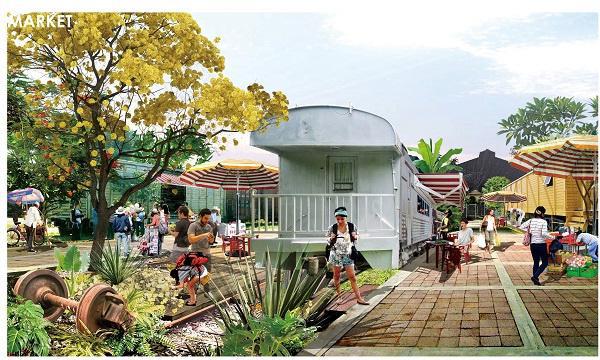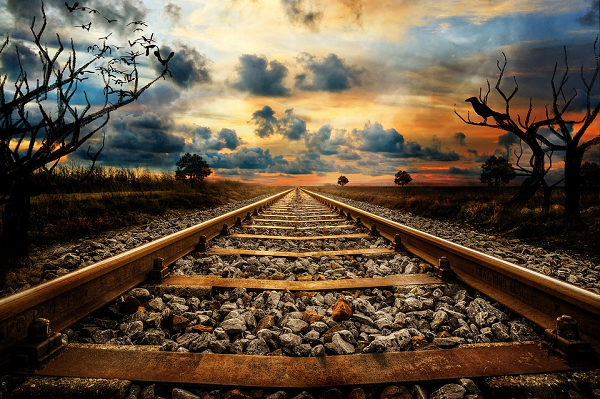In short, La Plancha will be transformed into a large central park where, in addition to environmental services, it will provide space for educational, cultural and physical activities, as part of a master plan for its urban rescue made by state authorities, civil society and academics from Yucatán.
As part of a participatory planning exercise promoted by the State government in coordination with the National Autonomous University of Mexico (UNAM), residents of the area, researchers and government officials agreed on concerns, needs and proposals to recover and revitalize the site that was once occupied by the railroad.
The process of transformation began a few days ago, after governor Rolando Zapata Bello launched the works of liberation and rescue of these lands, which first stage will cover 10 hectares with an investment of more than 130 million pesos, with the creation of four areas for the benefit of the people of Mérida and visitors.

(PHOTO: Robert Adams)
The strategic location of this place and its conversion into a large public park, which will also be another (much needed) green “lung” for Mérida, will strengthen the cultural circuit of this city and its connection with areas such as the emblematic Paseo de Montejo, while marking the beginning of the modernization of the Historic Center.
The plan considers a green area with trees that will offer shade to the users and an ethnobotanical garden with endemic plants of the region, which will provide a landscape that will highlight the low tropical forest of Yucatan. In this way, a point of coexistence will be created, and the effects of climate change will be reduced.
The extensive dimensions of this segment will allow the development of a wide variety of activities, as well as the interaction between different social groups. We are talking about a multifunctional park that wil provide pedestrian space and will promote other means of transport, such as the bicycle. In the interior of the four-hectare green corridor, it is planned to have botanical collections and trails that will connect with other zones of the Historic Center.
Within a vision of sustainability, it is considered for a later stage the use of natural resources and recycling of solid and organic waste, so the installment of solar panels is being evaluated, a collection system and storage of rainwater, and another to separate waste and to generate compost that will be used for the botanical garden.
The next space will be of multiple uses, of 1.8 hectares, where there will be recreational areas, temporary trade and artistic events. It is also planned to build small areas with urban furniture, free internet connection, restrooms, information modules and bike-parking, among other services.
An Art and Culture space is also considered as part of this project, with the rescue of the platforms and the old railway station in a total area of 2.7 hectares. Currently, the Superior School of Arts of Yucatán (ESAY) occupies 0.5 of these hectares; According to what the governor announced in his fifth Government Report, it will be transformed into the University of the Arts of Yucatan.
The spaces will be rescued and modernized so that students and citizens can make use of them, and new creative talents can be expressed through different artistic and cultural manifestations. In addition, there will be large outdoor gardens featuring large trees open to the public.
Finally, we have the museum segment, of about two hectares, located in the northern part of the land, across Calle 43. The new UNAM Museum of Light will be built, and the traditional Railway Museum (Museo del Ferrocarril), will be remodeled. Besides, the existing “Parque Artículo Constitucional 123” will be added to this urban project, says a statement.

“La Plancha” project. (Photo: SIPSE)
Gran Parque La Plancha
- The plan considers a large green area with trees and an ethnobotanical garden.
- Botanical collections featuring endemic species.
- In the interior of the four-hectare green corridor, it is planned to have botanical collections and trails that will connect with the other zones.
- Sustainability.
- Within a vision of sustainability, it is considered for a later stage to install solar panels, a collection and storage system for rainwater, and another to separate waste and compost.
Source: Diario de Yucatán


